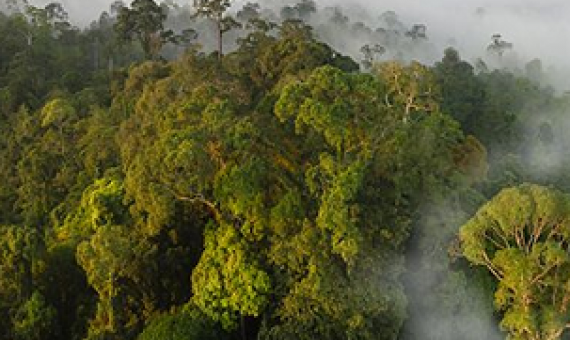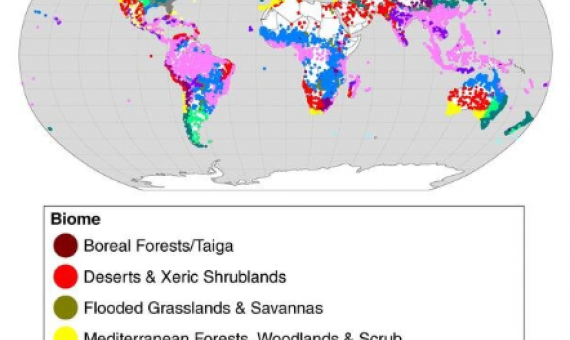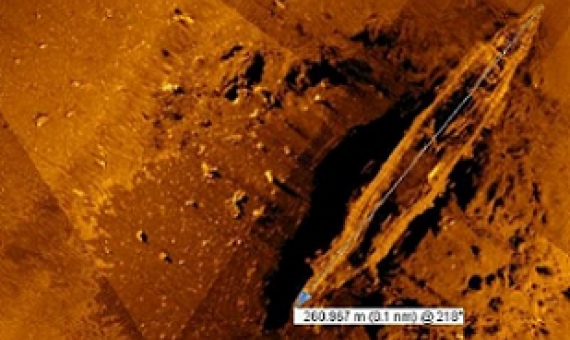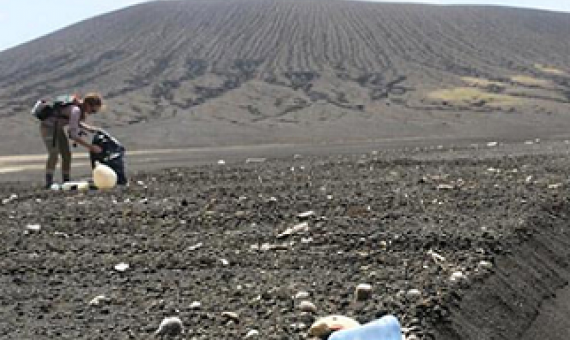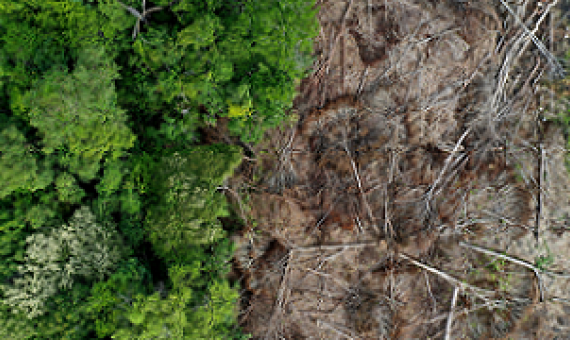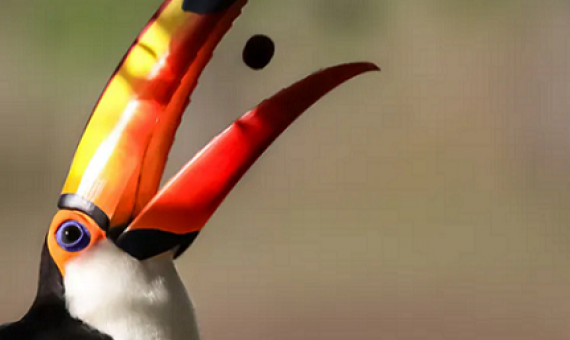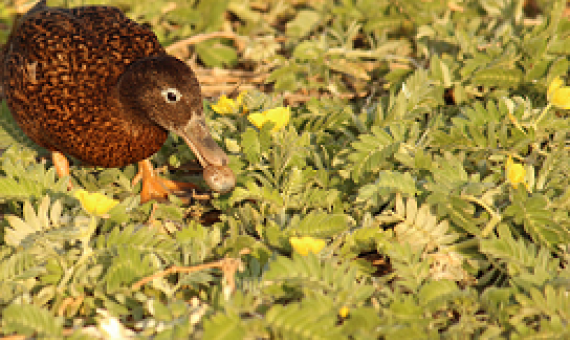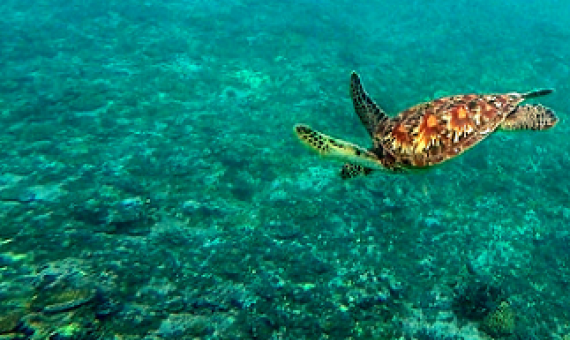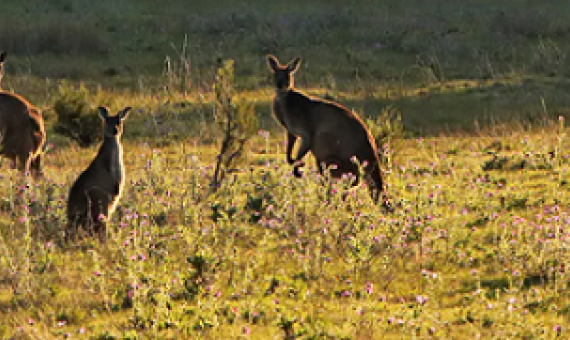The Conservation Leadership Programme is now accepting applications to support projects in low and middle income countries and some high income islands in the Caribbean and Pacific.
Losing undisturbed tropical forests is more devastating for the planet than previously thought, according to new research published in the journal Science Advances.
Researchers at the University of Bayreuth have calculated for the first time how climate change is likely to affect the earth's conservation areas by 2070.
Deep sea explorers aboard a research vessel have used sonar images to pinpoint the location of the Akagi and Kaga, two carriers that took part in the Battle of Midway in 1942...The Petrel crew had spent weeks surveying the area, documenting more than 500 square nautical miles before picking up th
On a 12-week expedition to the Pacific Islands this month, NASA has partnered with the Tongan Ministry of the Environment and the Sea Education Association, to do field work on the recently formed volcanic island Hunga Tonga-Hunga Ha'apai.
Analysis of failures of conservation projects are rarely published, a new study has found. Researchers who reviewed the available scientific literature found only 59 peer-reviewed articles that had analyzed failures of conservation projects.
It’s tempting to think that our forests would be fine if we could simply stop trees being felled or burnt. But forests – particularly tropical ones – are more than just trees. They’re also the animals that skulk and swoop among them.
Midway is the world’s largest albatross colony and provides globally significant breeding grounds and migration stopover points for more than 3 million birds from nearly 30 different species.
Comprehensive study of mammals, birds, amphibians and reptiles finds that nearly one-fifth of vertebrates are bought and sold around the world.The findings come from one of the most comprehensive studies of the international wildlife trade to date, which surveyed more than 30,000 species of mamma
Protected land, including national parks, are a cornerstone of conservation. Once an area is legally protected, it is tempting to assume that it is shielded from further degradation.


